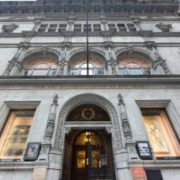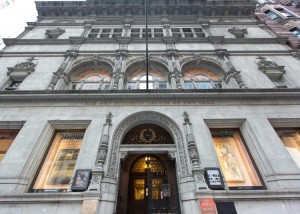Art Restoration and Advertising
A new advertising campaign was announced in August, aimed at raising money to fund upcoming restoration projects. The non-profit agency Fondazione CittàItalia (founded 2003) has scheduled its second such initiative, called “The Days of Art — Fundraising Campaign for the Restoration of Italian Cultural Heritage”, set to run from 24 September to 2 October 2005. It will feature “shock” ads, showing famous works of art in badly damaged states, to encourage public donations.
The website for the organization employs numerous questionable devices to solicit donations. With the slogan “Restoring Art is as Important as Making It,” donors are asked to vote for the object they’d most like to see restored — a somewhat dubious methodology if the goal is to restore the work most in need. There are also lottery tickets distributed when donations are made, so that donors can win prizes for giving. One Euro donations can even be made by text-messaging from a cell phone.
The serious matter of restoration is increasingly becoming a subject of media campaigns. We’ve long grown accustomed to posters and exhibitions exhorting art lovers to come see the “new” Masaccio, the “new” Giotto, or the “new” Michelangelo. The sad fact is now the commercialization of art restoration is expanding, and more and more we are becoming aware of restoration as a big business industry.
The advertising campaign itself is remarkably deceptive. According to CittàItalia, the purpose of their organization is to raise money to help those objects that are neglected and off-the-beaten-path. It has been reported that the Italian government will spend 26 million Euro on restoration and conservation in the coming year, and supposedly twice this amount is needed.
To encourage donations, ads will show Michelangelo’s David missing a leg, Botticelli’s Birth of Venus torn, and the Leaning tower of Pisa missing. Yet there are two major problems with such a campaign. The first is that it capitalizes on what is already a serious problem in the world of modern restoration, which is that private citizens and organizations primarily contribute to the restoration of only the most famous works of art. The second, related to the first, is that none of the objects used in the advertisements are in need of restoration.
For example, Botticelli’s Birth of Venus was cleaned in 1987, and the hotly contested restoration of Michelangelo’s David was completed just last year, so neither work will likely benefit from any fund-raising. In addition, although it was discovered that David has a weak ankle, the project was merely cosmetic, and did nothing to ensure the longevity of the work.
Leonardo’s Last Supper is likewise not in need of any cleaning, having undergone a 20-year procedure ending in 1999. In an almost comical twist, a CittàItalia ad featuring Leonardo’s famous work shows Christ’s face obliterated, which was actually what occurred as a result of the last restoration, necessitating a modern repainting of the central figure’s visage. The Leaning Tower has also been restored repeatedly, and in the 1990s, although no ad will tell you that the previous restoration campaigns put the famous campanile in serious jeopardy in the first place.
So will David break a leg if you don’t donate? Will Leonardo’s Jesus lose his face? No. In fact, history has shown that damage will be more likely if you do so.
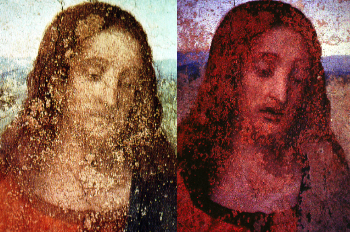




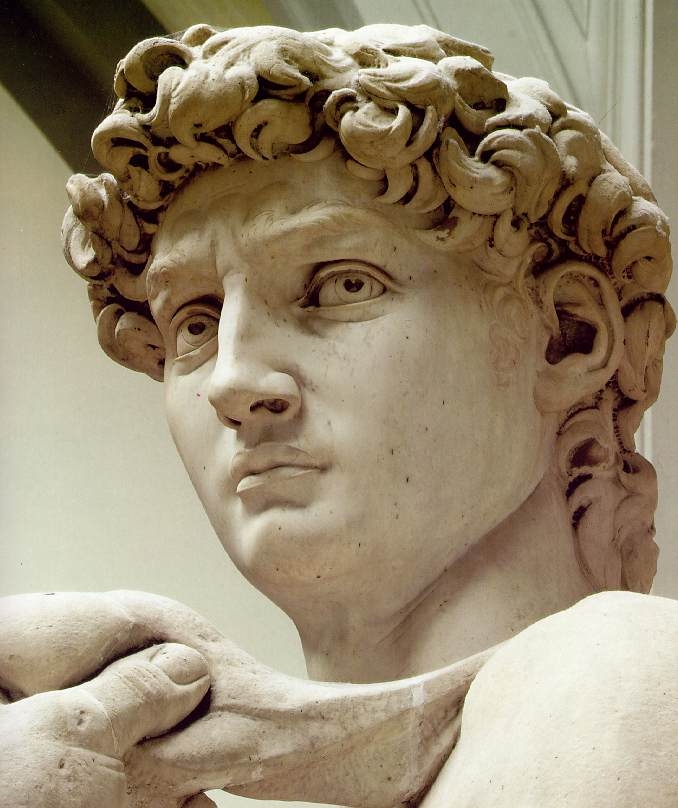
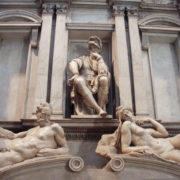
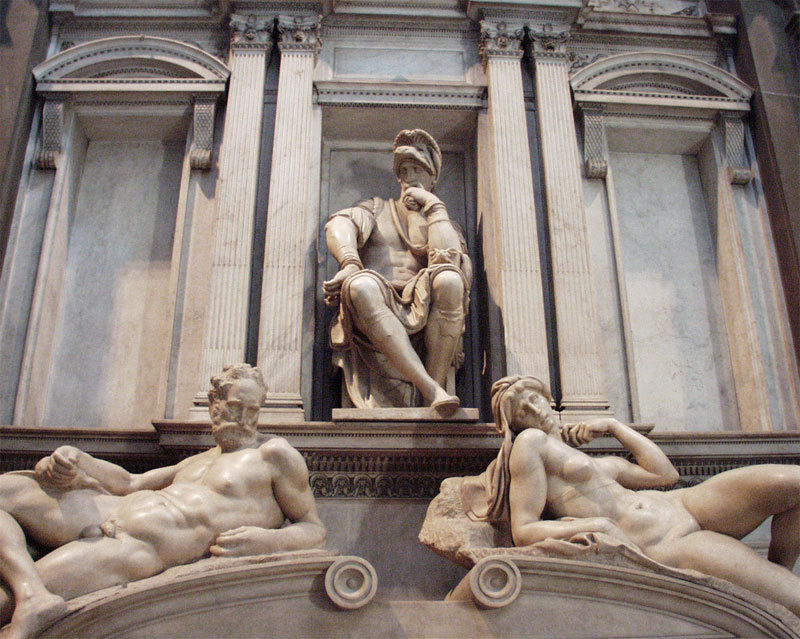 When the Superintendent of Art in Florence assigned her to treat Michelangelo’s David, an awesome project on every level, those who might have wished that the Gigante be left alone were satisfied that there would be no danger to the integrity of the statue posed by Agnese Parronchi. It would be the crowning jewel of her life’s work, which would give her the kind of world recognition she had earned. When the Florentine officials wanted to impose upon her a very vigorous treatment which included the use of solvents, she did the impossible. She resigned, refusing to carrying out a cleaning which she considered too severe.
When the Superintendent of Art in Florence assigned her to treat Michelangelo’s David, an awesome project on every level, those who might have wished that the Gigante be left alone were satisfied that there would be no danger to the integrity of the statue posed by Agnese Parronchi. It would be the crowning jewel of her life’s work, which would give her the kind of world recognition she had earned. When the Florentine officials wanted to impose upon her a very vigorous treatment which included the use of solvents, she did the impossible. She resigned, refusing to carrying out a cleaning which she considered too severe.